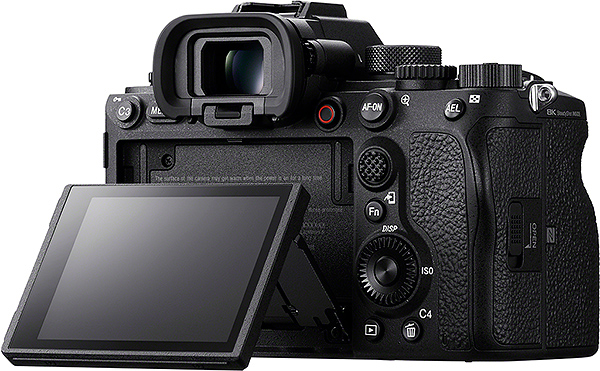Sony has been in front of the full mirrorless camera rival frame for so long now, it was actually surprising when Canon challenged him with two strong models, EOS R5 and R6. Besides that, it defeated Sony to send the first camera with 8K videos. Now, Sony punches with new superior, 8K, 50 megapixel A1.
At $ 6,500, A1 is clearly intended for professional users who make a living with their cameras. However, as a Sony Mirrorless Camera, it is a showcase for the latest sensors, autofocus, EVF and more likely to appear in the future model
In addition to packing 8K videos, A1 has specifications that we have never seen on mirrorless cameras such as 30fps shooting speed for 50 megapixel RAW images and 240Hz 9.44 million dot electronic viewflowers. It must be a power plant for video and photography, but how a1 matches the only real rival, R5? Let’s find out.
Body and handling
Sony builds camera components and cameras, and it ordered several new parts for its mainstay. CMOS stack-side 50.1 megapixel sensors are all illuminated – new and produce not only high resolution photos but very fast reading speed.
It is also the first camera with Sony’s 240Hz, 9.44 million-dot oled electronic viewfinder. The EVF is very sharp, bright and responsive so it must pause anyone who still thinks the optical viewfinder is better.
A1 has a very small body, given the number of packaged technologies. This is the same size as A7S III and weighs only 40 grams more at 737 grams (with battery). Even though it looks very similar to A7S III, there are some differences. It adds a practical double mode dial for shooting and focus mode, while moving the video recording button from top to back.
Given that he processes more data than the 12-megapixel A7S III in the body of the same size, it makes sense to wonder whether overheating is a problem like Canon R5. His quick answer is no, but more on it soon.
Sony said A1 was more rough and weather resistant from before, and I could prove it when I dropped it with a short distance on the concrete and it didn’t leave the scratch – sorry, Sony. It’s also very good to be held and used, although it can be a little narrow to hold people with big hands or if you wear gloves, especially with large lenses.
Controls include shutter buttons and apertures, joysticks, control wheels, call modes, calling exposure compensation calls and three buttons that can be programmed. I hope all the top calls are push-to-locks such as the exposure compensation dial, rather than the awkward push-and-hold to unlock the system on another dial.
If not, control feels amazing. With A1, Sony has made a small but striking repair to the buttons and buttons, and they now have almost perfect feelings, trips, and resistance.
Sony expelled the old menu system and the new one was far more intuitive. As with A7S III, the folder flows into the category so that most settings are easy to find. You can also use the touch screen with the menu and not only set the focus as before. Unlike Canon R5, you cannot touch the settings displayed to change it.
The main disadvantage of A1 is that it’s not like R5, the screen just tilts and not upside down. It seems to be a strange decision, because the A7S III has a completely articulating and A1 display is a stronger video camera. It made him a difficult selling for vlogging and one crew, if the high price label had not discolded them.
Like A7S III, A1 has a unique Sony double slot system that receives a faster SD card and CFexpress card. The latter offers read and write speeds of 800MB / s and 700MB / s, compared to a speed of 300 MB / s on the UHS II SD card. However, without other camera makers that support CFexpress types, cards are still hard to find and very expensive – currently around $ 400 for 160GB models.

